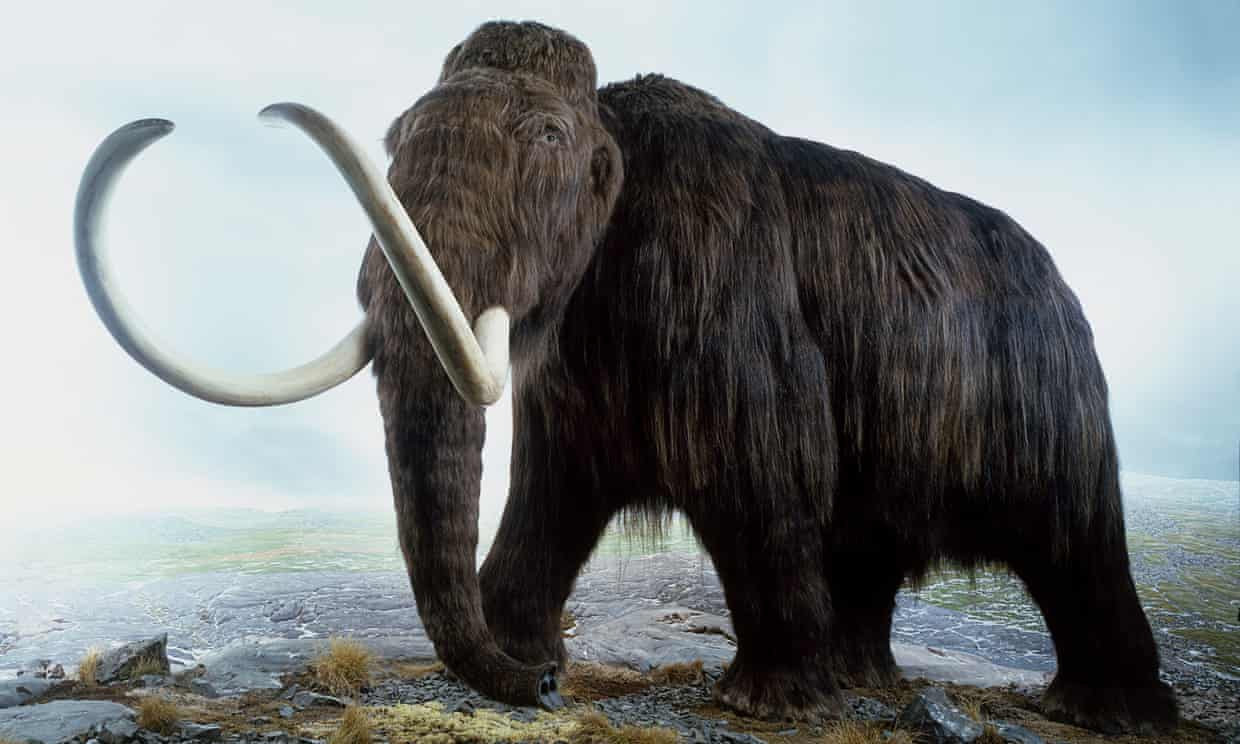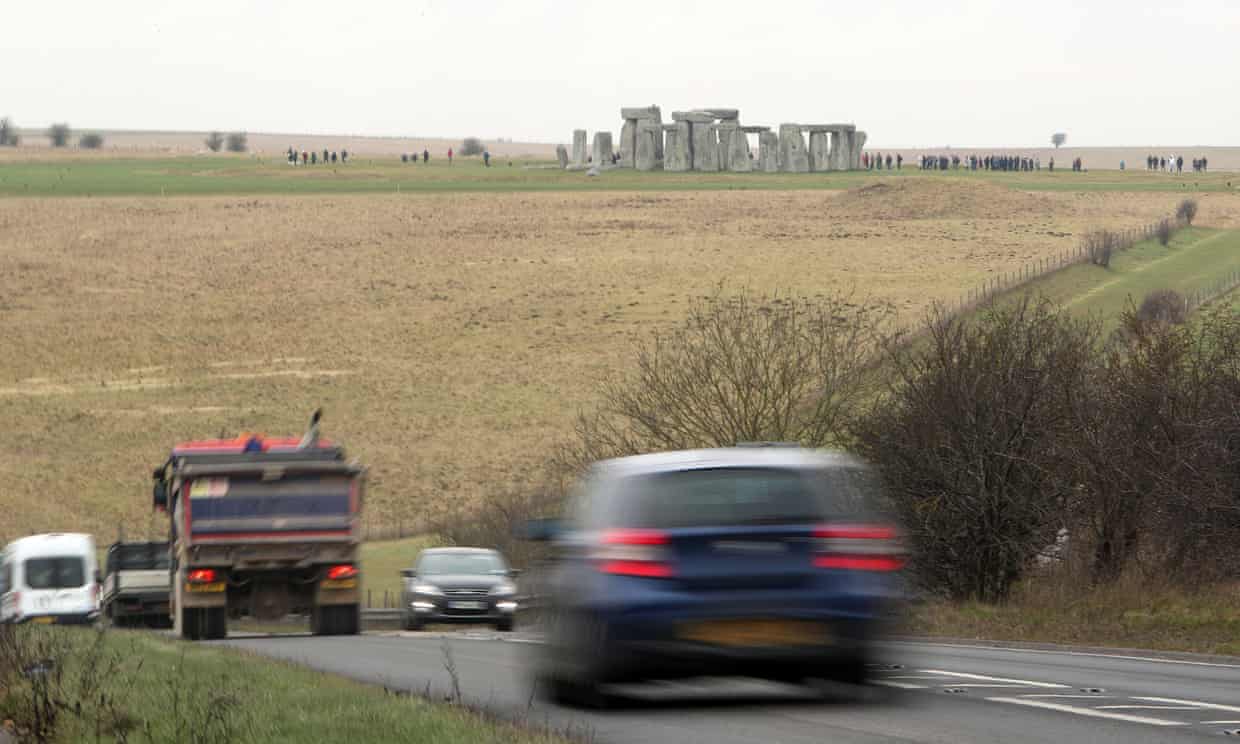The last Neanderthal died 40,000 years ago, but much of their genome lives on, in bits and pieces, through modern humans. The impact of Neanderthals' genetic contribution has been uncertain: Do these snippets affect our genome's function, or are they just silent passengers along for the ride? In Cell on February 23, researchers report evidence that Neanderthal DNA sequences still influence how genes are turned on or off in modern humans. Neanderthal genes' effects on gene expression likely contribute to traits such as height and susceptibility to schizophrenia or lupus, the researchers found.
"Even 50,000 years after the last human-Neanderthal mating, we can still see measurable impacts on gene expression," says geneticist and study co-author Joshua Akey of the University of Washington School of Medicine. "And those variations in gene expression contribute to human phenotypic variation and disease susceptibility."
Read the rest of this article...
The Prehistoric Archaeology Blog is concerned with news reports featuring Prehistoric period archaeology. If you wish to see news reports for general European archaeology, please go to The Archaeology of Europe Weblog.
Thursday, February 23, 2017
Tuesday, February 21, 2017
Did Stone Age People Build A Large Labyrinth In Denmark?
A series of Stone Age palisade enclosures have been discovered in Denmark in recent years and archaeologists are still wondering what they were used for.
The dark green dotted lines indicate where scientists have dug their trenches and excavated the site. The position of where the palisade is believed to have been is marked in red. The light green dashed line shows the lack of finds
Credit: Danish Geodata Agency/Pernille Rohde Sloth]
One of the latest additions is a huge construction, discovered by archaeologists from the Museum Southeast Denmark. The fence dates from the Neolithic period and seems to frame an oval area of nearly 18,000 square meters.
“It was actually somewhat overwhelming to experience that it is possible to reveal the traces of such a huge building from the Neolithic period. There are many suggestions for what they could’ve been used for, but to put it simply, we just don’t know,” says archaeologist Pernille Rohde Sloth who leads the excavation.
Read the rest of this article...
Monday, February 20, 2017
Woolly mammoth on verge of resurrection, scientists reveal
Scientist leading ‘de-extinction’ effort says Harvard team could create hybrid mammoth-elephant embryo in two years
The woolly mammoth vanished from the Earth 4,000 years ago, but now scientists say they are on the brink of resurrecting the ancient beast in a revised form, through an ambitious feat of genetic engineering.
Speaking ahead of the American Association for the Advancement of Science (AAAS) annual meeting in Boston this week, the scientist leading the “de-extinction” effort said the Harvard team is just two years away from creating a hybrid embryo, in which mammoth traits would be programmed into an Asian elephant.
“Our aim is to produce a hybrid elephant-mammoth embryo,” said Prof George Church. “Actually, it would be more like an elephant with a number of mammoth traits. We’re not there yet, but it could happen in a couple of years.”
Late Bronze Age Weapons Hoard Dug Up At Scottish Building Site
GUARD Archaeologists have recently recovered a very rare and internationally significant hoard of metalwork that is a major addition to Scottish Late Bronze Age archaeology.
The Bronze Age Hoard as it was first revealed during excavations at Carnoustie
[Credit: © GUARD Archaeology Ltd]
A bronze spearhead decorated with gold was found alongside a bronze sword, pin and scabbard fittings in a pit close to a Bronze Age settlement excavated by a team of GUARD Archaeologists led by Alan Hunter Blair, on behalf of Angus Council in advance of their development of two football pitches at Carnoustie.
Each individual object in the hoard is significant but the presence of gold ornament on the spearhead makes this an exceptional group. Within Britain and Ireland, only a handful of such spearheads are known - among them a weapon hoard found in 1963 at Pyotdykes Farm to the west of Dundee. These two weapon hoards from Angus - found only a few kilometres apart - hint at the wealth of the local warrior society during the centuries around 1000-800 BC.
Read the rest of this article...
National Trust blamed for visitors urinating on Avebury stones after deciding to close loos at 4pm
The National Trust is being blamed for visitors urinating on Europe's largest stone circle
after deciding to shut its loos early.
Locals in the village of Avebury in Wiltshire say the 5,000-year-old monuments are being damaged by tourists who are getting caught short.
The residents say it's down to the National Trust only opening the doors to the toilets in its museum from 10am to 4pm each day.
Read the rest of this article...
Wednesday, February 15, 2017
7,000 Year Old Enigma Displayed At The National Archaeological Museum In Athens
The “7,000-year-old enigma,” as it has been dubbed by the National Archaeological Museum, has been put on display until March 26 after being brought from the museum’s storerooms.
It is the latest item to be presented under the title “The Unseen Museum” — a reference to the roughly 200,000 antiquities from statues to gold jewellery and every-day objects in store and not on daily display.
Carved out of granite, the 36cm “enigma” statuette of the late Neolithic era has a pointed nose and long neck leading to a markedly round belly, flat back and cylindrical stumpy legs.
“It could depict a human-like figure with a bird-like face, or a bird-like entity which has nothing to do with man but with the ideology and symbolism of the Neolithic society,” Katya Manteli, an archaeologist with the museum, told Reuters.
Read the rest of this article...
Wednesday, February 8, 2017
Stonehenge tunnel plan given backing by English Heritage and National Trust
Plans for a tunnel past Stonehenge would reconnect the "extraordinary" ancient landscape which is severed by a busy road, heritage groups have said.
Under proposals announced by Highways England, a large strip of the A303 road will be excavated and placed alongside the Bronze Age ruins.
Having won the support of English Heritage and the National Trust, the two bodies that manage the historical site, the new dual carriageway will replace the existing road infrastructure, in turn minimising the damage caused by nearby congestion and pollution.
Read the rest of this article...
Stonehenge tunnel: heritage groups warn over ancient barrow
Historic England, English Heritage and the National Trust say western end is too close to important neolithic tombs
Traffic passing Stonehenge on the A303 in Wiltshire.
Photograph: Steve Parsons/PA
The Stonehenge tunnel scheme has suffered a setback after three influential heritage organisations closely involved in the ancient site and the surrounding landscape raised concerns over a crucial aspect of the government’s preferred route.
Historic England, English Heritage and the National Trust all said they backed the idea of a tunnel for the busy A303, which would remove the sight and sound of thousands of vehicles thundering close to the stone circle.
However all three are worried that the proposed western portal – the tunnel entrance and exit – is too close to the Normanton Down Barrows, an important collection of tombs considered one of the gems of the wider Stonehenge landscape.
Read the rest of this article...
Monday, February 6, 2017
38,000-Year-Old Rock Art Discovered in France
Archaeologists discovered this 38,000-year-old engraved image of an aurochs in a rock shelter in France.
Credit: Ph. Jugie/Musée national de Préhistoire collections
In the summer of 2012, a group of archaeologists turned over a broken block of limestone on the floor of a rock shelter in southwestern France and discovered what could be one of the oldest examples of art in Europe.
Scrawled with the image of an aurochs (an extinct species of cattle) and dozens of small dots, the slab was created by the Aurignacians, the first Homo sapiens to arrive in Europe. Radiocarbon tests showed that the engraving dates back to about 38,000 years ago, according to a Jan. 24 report in the journal Quaternary International.
New York University anthropologist Randall White, a co-author of the study who led recent excavations at the rock shelter, said that the discovery "sheds new light on regional patterning of art and ornamentation across Europe" at a time when humans were just starting to spread across the continent. [Gallery: Photos of Europe's Oldest Rock Art]
Read the rest of this article...
Baltic Hunter Gatherers Adopted Farming Without Influence Of Mass Migration, Ancient DNA Suggests
Ancient DNA analyses show that – unlike elsewhere in Europe – farmers from the Near East did not overtake hunter-gatherer populations in the Baltic. The findings also suggest that the Balto-Slavic branch of the Indo-European language family originated in the Steppe grasslands of the East.
The shores of Lake Burtnieks in Latvia, near where the human remains were discovered from which ancient DNA was extracted for this study [Credit: Valters Grivins]
New research indicates that Baltic hunter-gatherers were not swamped by migrations of early agriculturalists from the Middle East, as was the case for the rest of central and western Europe. Instead, these people probably acquired knowledge of farming and ceramics by sharing cultures and ideas -- rather than genes -- with outside communities.
Scientists extracted ancient DNA from a number of archaeological remains discovered in Latvia and the Ukraine, which were between 5,000 and 8,000 years old. These samples spanned the Neolithic period, which was the dawn of agriculture in Europe, when people moved from a mobile hunter-gatherer lifestyle to a settled way of life based on food production.
We know through previous research that large numbers of early farmers from the Levant (the Near East) -- driven by the success of their technological innovations such as crops and pottery -- had expanded to the peripheral parts of Europe by the end of the Neolithic and largely replaced hunter-gatherer populations.
Read the rest of this article...
Subscribe to:
Posts (Atom)









